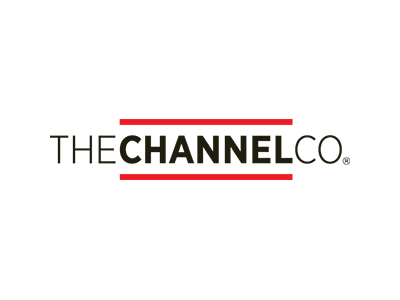Smart Glasses: Connecting the Hands-on Workforce
The ideas generated from the development of smart glasses are making a comeback, this time in the form of industrial wearables for the connected workforce.

Photo: Recon, an Intel Company
Even though Google Glass is a distant memory, the ideas hatched from development of smart glasses are making a comeback, this time in the form of industrial wearables for the connected workforce. Recon Jet Pro smart glasses enable workers, particularly in the industries of logistics, manufacturing, field service and first responder, to quickly access pertinent information to efficiently execute their tasks. The smart glasses allow field employees to access resources and then continue their work, without any disruption. The glasses also allow for a live connection to an off-site engineer or expert, if additional expertise is required to complete a project or field assessment.
On the design side, the newest generation of smart glasses provides workers with comfort and wearability through multiple structural features, such as:
● Fully adjustable nosepiece and ear stems
● Wrap-around comfort nosepiece
● Weight distributed evenly across the eyewear frame
● Two-axis display angle adjustment.
Additional features for these glasses include swappable lenses that allow users to wear the glasses during the day with bright sunlight and at nighttime after sunset. The glasses can also accommodate users who require prescription lenses.
In terms of computing and networking power, the Recon Jet Pro has been programmed with similar software and computing as that of a typical smartphone. And like most mobile devices, the glasses contain GPS, Wi-Fi and Bluetooth capabilities. Recon Jet Pro glasses run on Skylight software, which allows users to access back-end systems, operate smart machinery and tools, and remotely work in real-time with other colleagues using the same technology.
Industrial Applications
Through the expanded use of Recon Jet Pro smart glasses, workers will be able to obtain critical work-related information, work directly with live remote ERP systems and conduct “see-what-I-see” calls with coworkers. The use of these smart glasses provides increased efficiency for operational processes such as:
● Decrease in rework and error rates
● Decrease in downtime
● Expansion of employee training
● Shorter amount of time to complete tasks.
According to Recon Jet Pro and other sources, the use of smart glasses will skyrocket in the next decade, as 14.4 million U.S. enterprise workers are expected to utilize smart glasses by 2025. At the same time, manufacturers have noted that the use of smart glasses can save companies significant amounts of money: $1 billion is the projected yearly cost savings from smart glasses in the field-service industry in 2017.
Smart Glasses for the Masses
While the application of Recon Jet Pro glasses creates cost savings and operational efficiency especially in industrial usage, the production and deployment of smart glasses has made waves in other areas of daily life as well.

Photo: Recon, an Intel Company
Snap Spectacles are able to capture and record videos of up to 20 seconds that are easily shareable on social media platforms, while Vue glasses allow users to play (and listen) to music, answer calls and control digital notifications. Solos, which have been used by the US Cycling Team, can become a racer’s personal coach, as the glasses display live updated data including power zones, heart rate, cadence and speed. For a longer list of popular smart glasses, check out the list here.